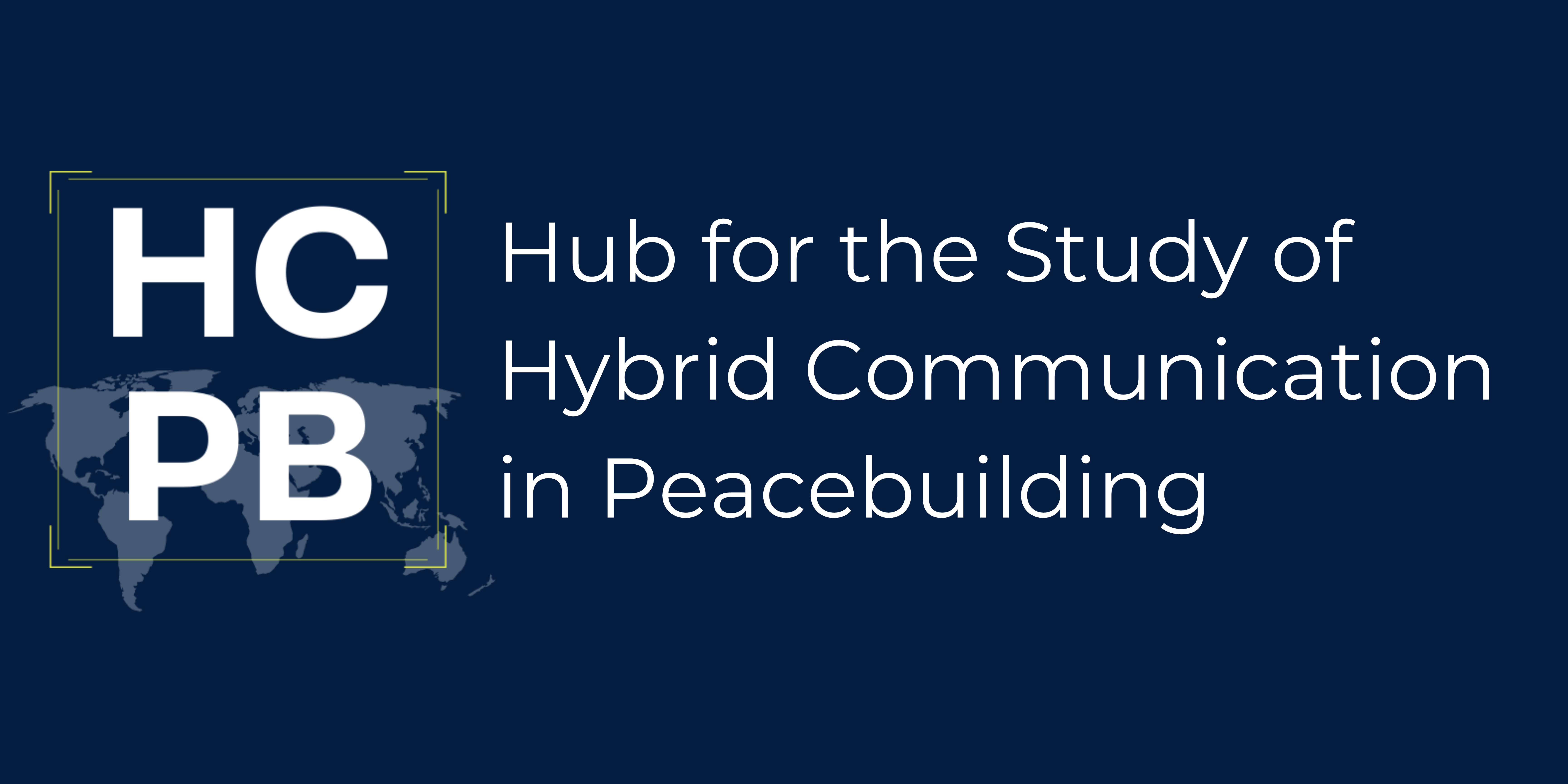By Struan Kennedy, History PhD student at Northumbria University in Newcastle.
‘The past and present wilt—I have fill’d them, emptied them,
And proceed to fill my next fold of the future…
Do I contradict myself?
Very well then I contradict myself,
(I am large, I contain multitudes.)’
— from ‘The Song of Myself’ part 51 by Walt Whitman
Of all the different reactions to difference two distinct possibilities emerge like forking paths after encountering the unknown. The first is fascination, stimulating curiosity and a catalyst for learning and appreciating those who are not like us. The second path however is fear, triggered by initial uncertainty, often emotionally stirred up by myths about ‘the other’ and potentially escalating into hate and anger. While a singular conception of identity may seem to offer safety and security it can also shut down perspectives, sending us further down the path of fear. How then can embracing hybridity open up to us that first path which is conducive to the practices of peacebuilding? Furthermore how can we best communicate such hybridity? I’ll be referencing two community relations approaches— single identity work (SIW) and contact hypothesis—as a summation of this contrast. Although this comparison will be situated in the context of my current research (Northern Ireland) the core argument bears relevance to other post-conflict societies.
Comparison of approaches
It is important to acknowledge the benefits of SIW, firstly in reaching isolated pockets of a population unable or unwilling to engage in cross-community contact. Secondly SIW may make an honest and challenging discussion about cultural identity more likely to occur (Church et al 2004). Such discussions can address the tendency to project a united front in lieu of admitting internal difference within a group. In transitioning from a mono to multicultural world view, collective scrutiny can help people positively face diversity among their group and become more receptive to difference in other groups.
On the other hand one of the biggest criticisms of SIW is its potential to reinforce sectarianism rather than ameliorate it. The absence of differing perspectives may bolster a group’s self-righteous view of its own position. If left unchecked it is plausible a gradual build up of pride— an emotion not in itself problematic—escalates into something grotesquely excessive. When reaching these toxic levels we see how concepts associated with an absolute singularity constitute the raw ingredients for prejudice. Whether essentialist world-views, reductive arguments or primordialism, a pattern of denying, discrediting or even destroying all social varieties to maintain some vision of a ‘pure’ society can be seen.
For a necessary balanced analysis, we should consider the shortcomings of contact hypothesis. Widespread reticence around sensitive topics— encapsulated in the line from Heaney: ‘whatever you say, say nothing’— can hinder progressive relations. This is exacerbated by the superficial nature of some conciliatory contact. A studiously cautious approach which avoids any substantive discussion on identity is likely to fail in having real impact. An unintended consequence of contact hypothesis are exceptional subtypes: participants concede there are good Catholics or Protestants yet the overall stereotype remains unaltered. The problem with stereotypes is not that they are untrue, rather that they are incomplete. Their repeated use elevates one story into becoming the only story (Adichie 2009). The longer this story has been told the harder it is for recycled impressions to be broken or even positively amended. So it was that in their analysis of the 1996 Social Attitudes Survey data, Hughes and Carmichael found that old prejudices, suspicions and hatred remained despite improving relations; the harmony emerging during the peace process was little more than a veneer (Church et al. 2004).
The Conflict Within
Since all groups, from political parties to nations, are comprised of individuals it’s worthwhile reflecting on the psychological inner workings. Two pairs of closely related concepts correlate to this singularity vs. hybridity framework. Firstly entity theory and incremental theory: the former holds that individual qualities and behaviours are fixed across contexts, whereas the incremental self can change through effort or circumstance. Likewise dialectical thinking accepts that the Universe is full of contradictions and that change is inevitable. Non-dialetical thinkers believe contradictions should be resolved, when two sides disagree one must be wrong. Both entity theorists and non-dialectical thinkers pledge themselves to an authentic set of qualities, aspiring to be loyal to their ‘true self’ (Rabinovich & Morton. 2016). The flexibility of a dialectical, incremental self seems relevant to the tasks of peacebuilding but suppose two or more identities, within the same individual, clash or cancel each other out? In their research into identity conflict and coping mechanisms, Rabinovich & Morton concluded that detrimental effects were only observed in participants construing their self as stable and fixed. Not only did those with a flexible understanding of self prove capable of incorporating contradictory qualities, some demonstrated increased well-being (Ibid). It therefore seems useful to pose the soul-searching question: how much stability, coherence and uniformity is actually desirable within one’s ‘self’?
All the ambiguous associations around hybridity may prove to be a stubborn image problem if interpreted as mere fence-sitting. For many this fence runs through a middle ground which, due to a perceived diluted conviction, is a commonly unpopular position to occupy. One method of counteracting unhelpful semantics is redefining key terms. The middle ground could be seen as ‘thirdspace’ which Soja presents as rooted in a recombinational and radically open perspective (Karin & Wagner, 2008). This concept, along with the subaltern, is often rallied to the cause of multicultural hybrid societies in their deconstructive efforts against reductionist ethno-nationalism (Graham 2004). Through this new lens, previously problematic notions of ‘incompatibility’ and ‘conflict’ are reconstructed in terms of ‘variety’ and ‘diversity’.
It may seem paradoxical to speak of plural singularities but whether based on nationality, religion, race or gender they all subscribe to notions of the essentialist self. This then breeds complacency with ordering the world into synthetically simple binaries: true vs. false, good vs. bad, right vs. wrong. Hybridity however assumes the self to be an ongoing site of construction throughout a series of psychosocial experiences. This challenges the universalising grandeur of absolute singularity, knocking it off its plinth. Take the example of masculinity— intimately entwined with the aforementioned nationalism— fluidity in the self supports adaptive responses and resistances to a gruelling hegemonic standard. With a more fluid understanding of self the honest floodgates are opened and we may agree with MacInnes’ claim that there as many masculinities as there are men (Hamber, 2016). Opposition to hybridity is often rationalised by appealing to group membership the integrity of which would supposedly be damaged. This is indeed vital when coping with adversity however the groups of which one is a member provides a wider foundation of social support. Ironically, far from weakening its status, the more identities one can access the better one is able to demonstrate resilience (Iyer et al 2009 cited in Rabinovich & Morton 2016).
Communicating Hybridity
Some artistic practices and projects consciously delve into issues of hybridity but really all art can be thought of as product of thousands of years of gradual cross-fertilisation. Thus every medium can potentially communicate hybridity but I’ll mention murals as they pertain to my current research. They do also exhibit some features which render them particularly persuasive in an argument for hybridity. Murals have a truly global appeal and, when occurring in politically contested spaces, they visualise some contradictions of civic ideology (Downey & Sherry 2014). They share conditions with the management of cultural meaning, namely impermanence and malleability. Like our identities, murals are not static: their contents evolve, their surface is where old ideas are stretched or new ones are tested (Smithey 2011). Since this medium is fused to location it encourages us to consider hybridity of place. Neill presents an analogy in which spatial homogeneity plans the city like a block of Neapolitan ice cream — neatly defined, sliced blocks. But given the city is riddled with competing and intersecting emotions, functions and actions it resembles the swirls of a marble cake (Neill 2014). To deny this urban texture is to lose significant depth and detail. It is those unmapped areas that are the subject of Allen and Kelly’s collection ‘Cities of Belfast’. In it scholars, writers and poets resist certain stereotypes and illuminate relatively unexplored layers. Murals then, as a public and political landscape, can animate these alternative networks of power that disrupt a simplified two-community thesis (Lisle 2006). But they need to be activated, discursively interacted with for them to provoke deep thinking. If this interaction fails to regularly take place then all that art brought to thousands of people, many in disadvantaged communities, will likely recede into a cold distance.
The image below is a visual conclusion of my argument. First appearances of a small, simple and single paint chip are overturned when we examine it in extreme detail. In doing so a multiplicity of between 150-200 layers materialise, resembling a geological cross-section. While literally depicting hidden histories in paint, we can metaphorically understand these layers as those within the nation, the city and the self.
References
Adichie, Chimamanda Ngozi (2009)‘The danger of a single story’ TEDtalks Oxford, England <https://www.youtube.com/watch?v=D9Ihs241zeg> [accessed 10/10/20]
Church, Cheyanne,Visser, Anna and Johnson, Laurie Shepherd (2004) ‘A Path to Peace or Persistence? The “Single Identity”Approach to Conflict Resolution in Northern Ireland’ Conflict Resolution Quarterly vol. 21 no. 3 Spring Wiley Periodicals, Inc. 273-293
Downey, Hilary & Sherry, John (2014, June) ‘Modulating mythology in a post-traumatic era: Murals and re-imagining in Northern Ireland’ University College Dublin Press 281-300 paper presented at ‘Myth and Marketing’ conference Carlingford, Ireland
Hamber, Brandon (2016) ‘There Is a Crack in Everything: Problematising Masculinities, Peacebuilding and Transitional Justice’ Human Rights Review Vol. 17 (1) 9-34
Ikas, Karin and Gerhard Wagner eds. (2009) ‘Communicating in the Third Space’ Routledge Taylor & Francis Group
Kahn, Jack, Holmes, Jessica & Brett, Benjamin (2011) ‘Dialogical Masculinities: Diverse Youth Resisting Dominant Masculinity’ Journal of Constructivist Psychology 30-55
Lisle, D (2006).‘Local Symbols, Global Networks: Rereading the Murals of Belfast’ Alternatives: Global, Local, Political Vol. 31, No. 1 27-52
Neill, William J.V. (2014) ‘Don’t mention the culture war: Beyond creative ambiguity and professional “quietism” in Northern Ireland/North of Ireland spatial planning?’ Planning Theory & Practice 268-275
Rabinovich, Anna & Morton, Thomas A (2016) ‘Coping with Identity Conflict: Perceptions of Self as Flexible versus Fixed Moderate the Effect of Identity Conflict on Well-being’, Self and Identity 224-244
Smithey, Lee (2011)‘Unionists, Loyalists and Conflict Transformation in Northern Ireland’ Oxford University Press
Viggiani, Elisabetta (2014) ‘Talking Stones-The Politics of Memorialisation in Post-Conflict Northern Ireland’ Berghahn Books
Image: A close up (2,400 dpi) of a 1cm thick mural paint chip retrieved from the ruins of Belmont Art Park, Downtown LA. The long wall of the park had been covered in artwork until it was demolished in 2007 by real estate developers. Photo credit: Amy McKenzie.

